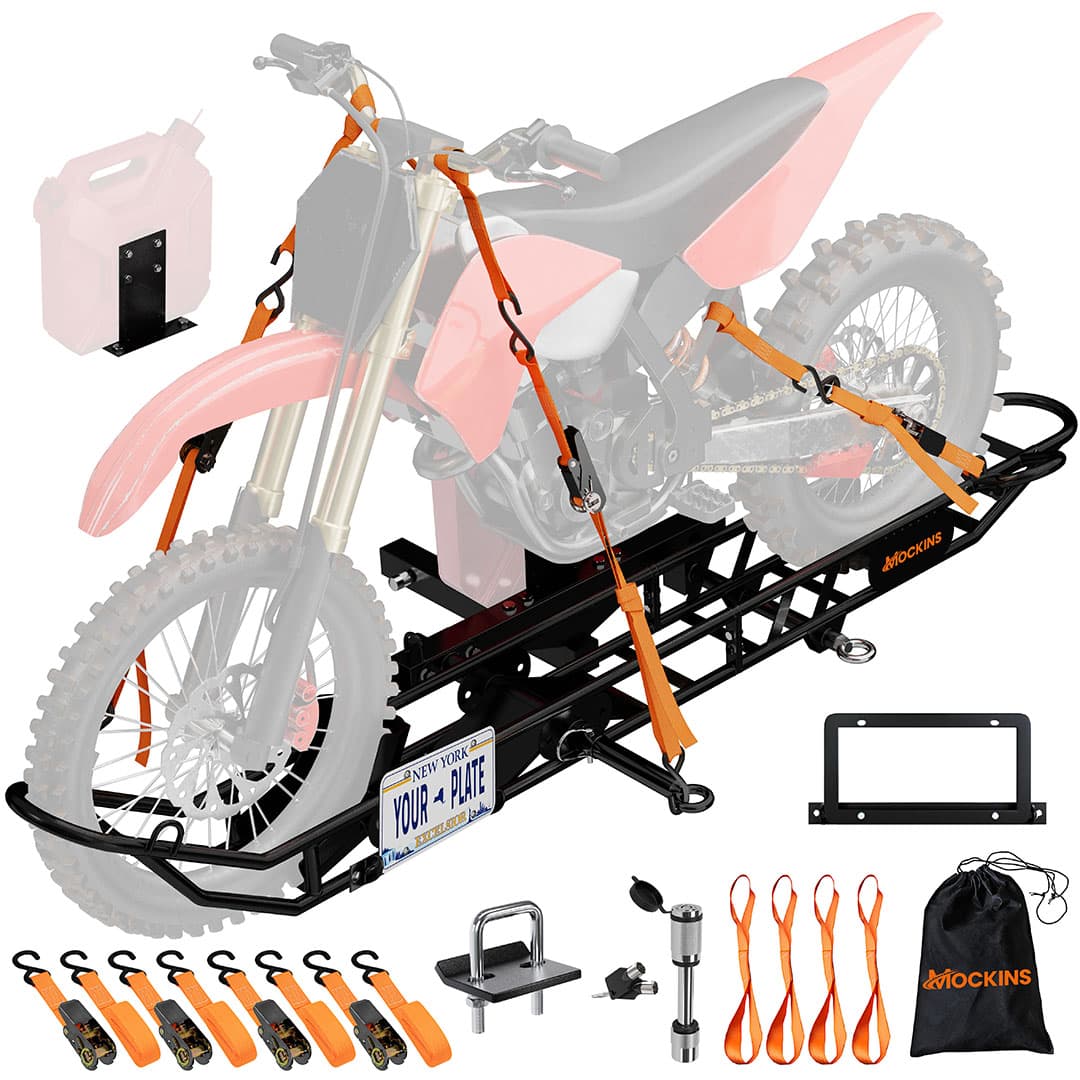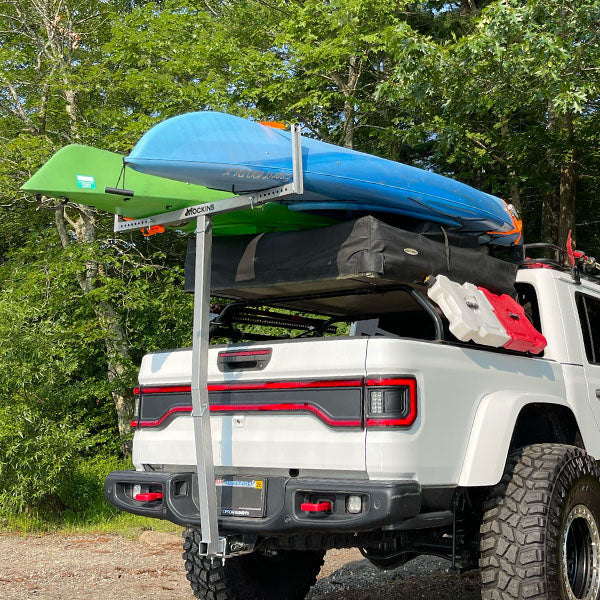Whether it's a weekend camping trip or a cross-country journey, cargo carriers play a pivotal role in expanding storage capacity and ensuring a smoother experience. However, like any other equipment, they require regular maintenance to function optimally and prolong their lifespan. In this guide, we'll delve into the do-it-yourself (DIY) maintenance for your cargo carrier and covers, helping you keep them in top-notch condition for all your adventures.
Importance of Maintenance
Before diving into the specifics of maintenance, understanding why it's crucial can motivate you to devote time and effort to this task. Regular maintenance not only ensures the safety and reliability of your cargo carrier but also safeguards your belongings. By addressing potential issues early on, you can prevent costly repairs or replacements down the line. Moreover, proper maintenance contributes to preserving the aesthetics of your carrier and covers, enhancing the overall appearance of your vehicle.
Cleaning and Inspection
Start your maintenance routine with a thorough cleaning session. Use a mild detergent or automotive soap and water solution to cleanse the carrier and covers, removing any dirt, grime, or debris accumulated from previous journeys. Pay attention to seams, zippers, and straps, as these areas are prone to gathering dirt and may require extra care.
While cleaning, take the opportunity to inspect the carrier and covers for signs of wear and tear. Look for tears, punctures, or loose stitches that could compromise their integrity. Check the mounting hardware and fasteners for rust or corrosion, as exposure to the elements can lead to deterioration over time. Address any issues promptly to prevent them from escalating into more significant problems.
Lubrication and Protection
Once cleaned and inspected, it's time to provide your cargo carrier and covers with some much-needed lubrication and protection. Apply silicone lubricant or a similar product to zippers, hinges, and moving parts to ensure smooth operation and prevent rust or corrosion. Be cautious not to overapply, as excess lubricant can attract dirt and debris, defeating the purpose of maintenance.
For added protection against UV rays and inclement weather, consider treating the covers with a specialized fabric protectant or UV-resistant spray. This extra layer of defense can prolong the lifespan of the covers and maintain their appearance over time. However, always check the manufacturer's recommendations and test the product on a small, inconspicuous area before applying it to the entire surface.
Storage and Care
Proper storage is key to preserving the condition of your cargo carrier and covers during periods of non-use. When not in use, remove the carrier and covers from your vehicle and store them in a clean, dry environment away from direct sunlight and extreme temperatures. Avoid folding or compressing the covers excessively, as this can cause creases or damage to the fabric over time.
Additionally, periodically check the storage area for signs of moisture or pests, taking necessary precautions to prevent mold growth or infestations. Consider investing in a breathable storage bag or cover to provide an extra layer of protection and keep your equipment in pristine condition between adventures.
Conclusion
In conclusion, DIY maintenance is essential for keeping your cargo carrier and covers in top condition throughout their lifespan. By incorporating regular cleaning, inspection, lubrication, and protection into your routine, you can ensure the safety, reliability, and aesthetics of your equipment for all your travel endeavors. Remember to follow manufacturer guidelines and recommendations for optimal care, and address any issues promptly to avoid potential complications. With proper maintenance, your cargo carrier and covers will continue to serve you well on countless journeys, enabling you to explore new destinations with peace of mind and confidence.








